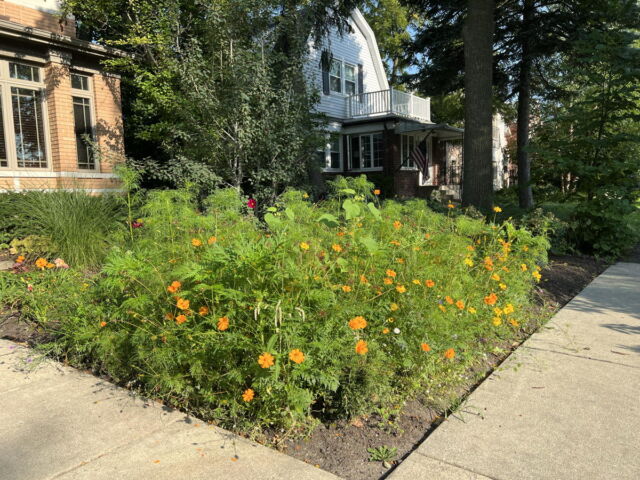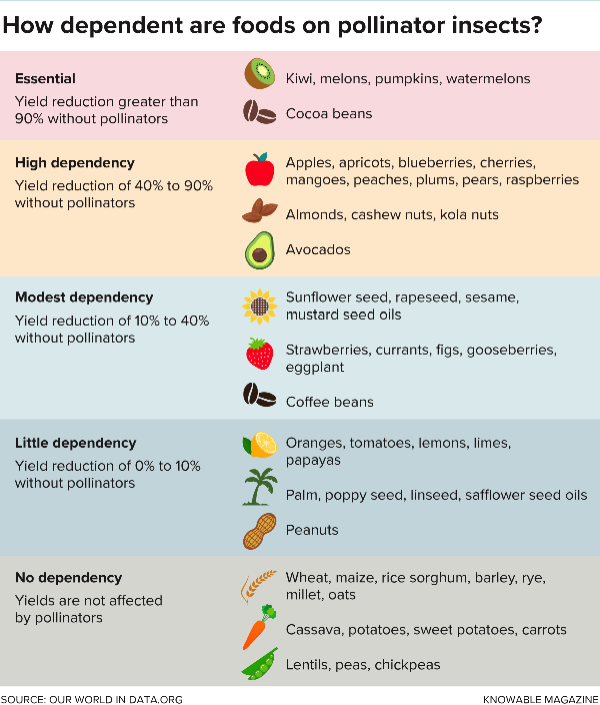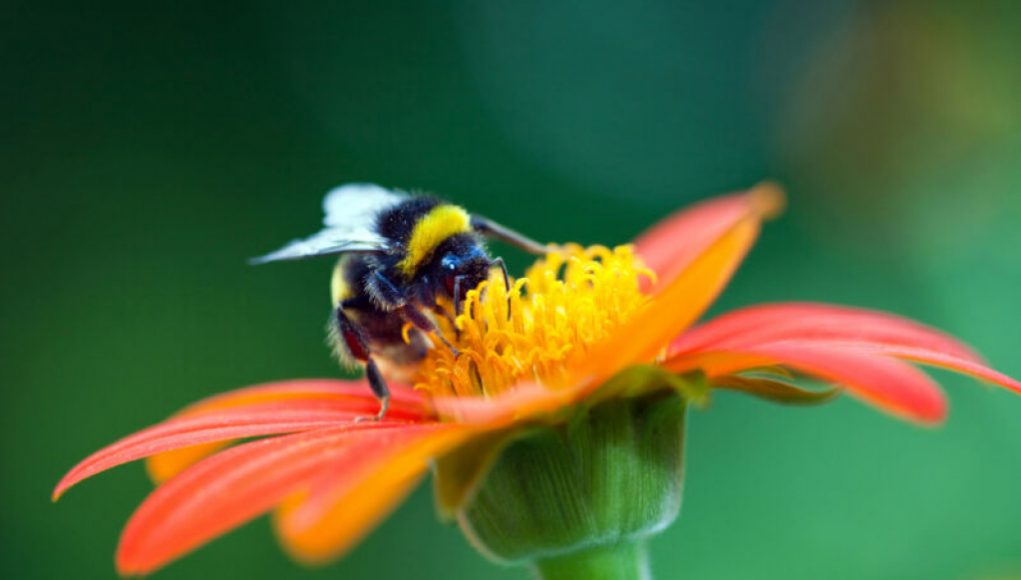When ecologist Rachael Winfree first began studying bees 25 years ago, she stumbled upon a surprising discovery: a species of plasterer bee in the New Jersey Pine Barrens, believed to have gone extinct 50 years ago. However, when she reported her findings to state wildlife officials, they showed no interest, citing a lack of resources to monitor bees and other insects.
This is a common situation for scientists studying native bees. Despite improvements in official monitoring, the decline of these insects has not been well-documented. Yet, a growing body of research is revealing the crucial role native bees play as pollinators for many plants. Scott Black, executive director of the Xerces Society, a nonprofit focused on invertebrate conservation, explains, “They both pollinate our natural systems and—what people don’t realize—they are also really important for many of our agricultural crops.”
While domestic honeybees are often associated with pollination, particularly in relation to crops, the plight of wild bees has been overshadowed by concerns about the domestic variety. Many people are unaware of the distinction between wild and domestic bees, which further obscures the challenges faced by wild species and their value, according to Hollis Woodard, an entomologist at the University of California, Riverside.
Unlike domestic honeybees, some wild bee species face existential threats. This not only affects the bees but also poses risks for ecosystems and farms. Researchers argue that relying solely on honeybees for pollination is akin to a poor investment strategy of putting all your money in one company. Studies have shown that native bees are essential for flourishing ecosystems and farms, even in areas where honeybees are abundant.
Advertisement
The growing awareness of this issue is prompting scientists and policymakers to pay greater attention to the decline of these vital insects. New findings are pointing to ways in which farmers and land managers can better support a diverse and thriving bee community.

Benefits of bees
Unlike hive-forming honeybees, most wild bee species are solitary, with bumblebees being a well-known exception. They nest in various locations such as cavities in rocks and wood, or on the ground in leaves and woody debris. There are approximately 20,000 wild bee species globally, with 3,600 found in the United States and Canada.
Over 80 percent of flowering plants rely on insect pollinators for reproduction. When pollinators visit flowers to consume pollen and nectar, they inadvertently transfer pollen between plants, leading to fruit and seed formation. Scott Black explains, ”If you want resilient meadows in Colorado’s mountains, if you want beautiful tall grass prairie in the east, or flowering ecosystems in California, you can thank a native bee.”
In agricultural fields worldwide, native bees play a crucial role in pollinating three-quarters of crop species that depend on pollinators. This accounts for one-third of global crop production by volume. A 2013 study across 600 fields covering 27 types of crops, including almonds, coffee, and blueberries, found that wild insects increased the rate at which flowers turned into fruit. Fields with fewer wild pollinators had lower fruit yields, suggesting that honeybee pollination alone may not sustain maximum yields on farms.

Recent research has also highlighted the significant economic impact of wild bees. A 2020 study found that wild bees were responsible for over $1.5 billion in annual production for seven crops, including apples and pumpkins. Additionally, a 2015 analysis of 20 crops across almost 1,400 fields revealed that wild and managed bees contribute similarly to the value of produce sold.
Advertisement
For certain crops, wild bees are more effective pollinators than honeybees. Bumblebees, for example, are paramount in pollinating tomatoes, blueberries, and cranberries. These crops require a specific frequency of buzzing to release pollen, which bumblebees provide. Entomologist Sydney Cameron explains, “That frequency is provided by the bees’ buzz.” Bumblebees vibrate their thorax while keeping their wings still, making them the most effective pollinators for these plants.
Even uncommon pollinators play a critical role. In a 2022 study of 72 wildflower and agricultural sites in New Jersey and Pennsylvania, rare and declining bee species provided up to 86 percent of pollination in some locations. These rare pollinators act as insurance, filling in when common species are absent. Rachael Winfree, a pollination ecologist at Rutgers University, emphasizes the importance of these species, stating, “In some places or some times, you may not have that dominant bumblebee or that honeybee. You may need these other species.” For example, when high winds prevented honeybees from visiting almond orchards in California, wild bees continued to pollinate the trees.
However, all the benefits provided by native bees are at risk, warns Claire Kremen, a conservation biologist at the University of British Columbia. An assessment of nearly half of all bumblebee species estimated that one-third of those studied were in decline. The number of bee species documented in yearly surveys from 2006 to 2015 decreased by a quarter compared to previous tallies before 1990. Some crops, such as apples, blueberries, and cherries in the US, are already experiencing reduced fruit production due to the decline in pollinators.
When it comes to pollinating the majority of plants found in nature, one species of insect comes to mind instantly – the honeybee. Famously used in agriculture since ancient civilisations, honeybees have been the backbone of our agricultural system for centuries. Recently, however, farming and urban expansion have caused a sharp decrease in wild bee populations, leading to concerns about our futureability to pollinate our crops.
Wild bees come in many different shapes and sizes and are estimated to contribute to 75% of global crop production. As such, they are becoming increasingly essentialas the agricultural industries attempt to keep up with the ever-growing global population. Yet despite their vital role in our planet’s evolution, wild bee populations are struggling.
The most significant issue causing wild bee decline is the loss of their natural habitats due to human development. Cities and farmland have been expanding at an alarming rate in the past decades, leaving fewer and fewer places for wild bee colonies to gain nectar and pollen from wildflowers and other plant species. As a result, bee colonies have become increasingly reliant on agricultural crops. Yet, due to the use of insecticide in many of these agricultural settings, bee populations are dwindling.
Environmental degradation is another contributing factor in wild bee populations, with food security suffering from a lack of access to nutrition. Climate change affects pollination phenology, causing erratic weather patterns and food shortages for many wild species, including bees.
In order to address the plight of wild bees, stringent measures must be taken to ensure their habitats are preserved and improved. Governments must consider limiting urban expansion and minimizing the use of insecticides in agriculture, as well as increasing the use of sustainable agricultural practices. Furthermore, established bee sanctuaries should be introduced to provide food sources for wild bee colonies.
In conclusion, wild bees play a crucial role in maintaining global crop production and environmental balances. Thus, the urgent necessity of protecting and restoring wild bee populations is critical if we wish to ensure our future food security and prosperity.




















